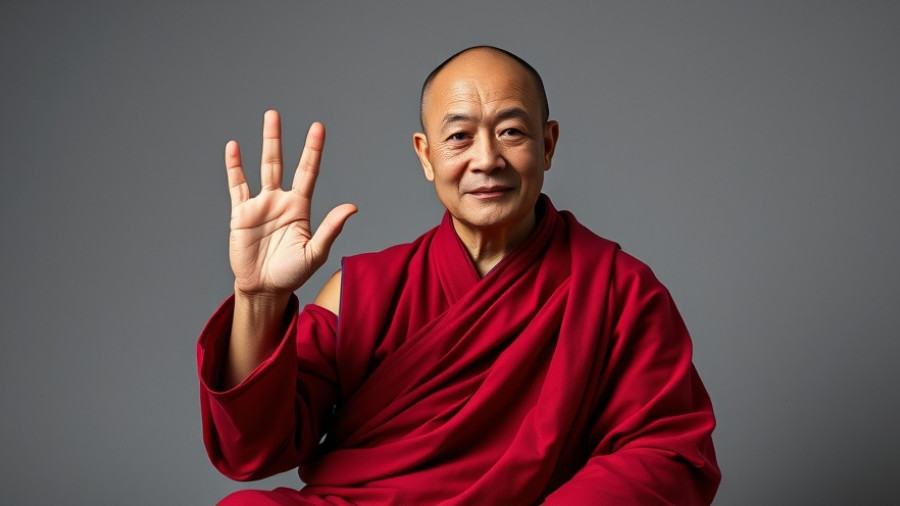
The Sounds of Earth: A Journey into Mindfulness
In our fast-paced world, finding moments of peace and connection can often feel like a daunting task. Yet, as Larry Ward inspires us through his daily practice of listening to the Earth, we discover an opportunity to ground ourselves in the very fabric of our planet. Every morning and evening, Ward steps outside to immerse himself in the sounds around him—an enlightening ritual that can transform our daily routine into a symphony of mindfulness.
Understanding the Essence of Morning and Evening Meditations
Picture this: the soft chirping of birds as the sun rises, the rustling of grass beneath your feet, or the gentle whispers of the wind. For Ward, these sounds become a meditative soundtrack that allows him to embark on a journey of self-discovery. He encourages us to stand still in our own yards—an invitation to open our hearts and ears to the world’s melodies, which vibrate with the very essence of life.
Why Grounding Practices are Vital for Today's Soul
The juxtaposition of morning and evening rituals offers unique reflections. As Ward aptly observes, the early hours brim with lively sounds, while the starry nights invite silence. This duality not only emphasizes our connectivity to nature but serves as a metaphor for life’s rhythm: the blend of activity and stillness within us. Developing a contemplative approach to our surroundings nourishes our spirit, enhancing our understanding of the planet and our place within it—a crucial lesson for modern living.
The Opportunity for Wonder in Everyday Life
In our daily routines, the subtle miracles often go unnoticed. Whether it's the delectable sounds of chopping vegetables in the kitchen or the simple act of feeling soil between our fingers, embracing these experiences can open our eyes. Ward states that our attention — how we direct it — shapes our reality. When we prioritize mindfulness, we enhance our sensory experiences, affirming that even the mundane can hold extraordinary value. As the Zen proverb goes, "The mind is everything. What you think, you become."
Embracing Nature to Tap into Inner Peace
Now, you might wonder, how can I incorporate such practices into my life? Starting with just a few minutes each day, the key is to engage with your environment thoughtfully. Take a moment to breathe in the fresh air, identify the sounds around you, and let them wash over you. Consider stepping out with a notebook to document what you observe or even sketch what you see. Creative expression often arises from stillness, and these moments directly connect us to both the Earth and our personal souls.
Today's Challenge: Try Listening to the Earth
As you ponder this transformative meditation practice, why not challenge yourself to spend a few moments each morning and evening simply listening? Observe the beauty in the sounds of life, let it fill your spirit, and explore how this engagement shifts your inner world. Embrace nature’s wisdom and remember that you are part of this intricate tapestry of existence.
In conclusion, the practice of actively listening to the Earth is more than a daily ritual; it’s an invitation to witness life in its entirety. As we grow to appreciate the beauty that surrounds us, we nurture our souls, enriching our journey of transformation. So step outside, be present, and listen—your Earth is waiting.
 Add Row
Add Row  Add
Add 




Write A Comment